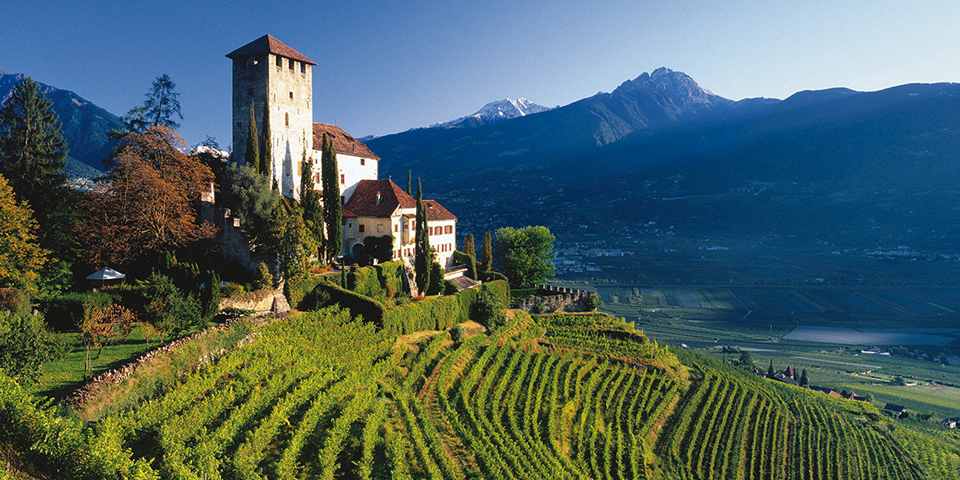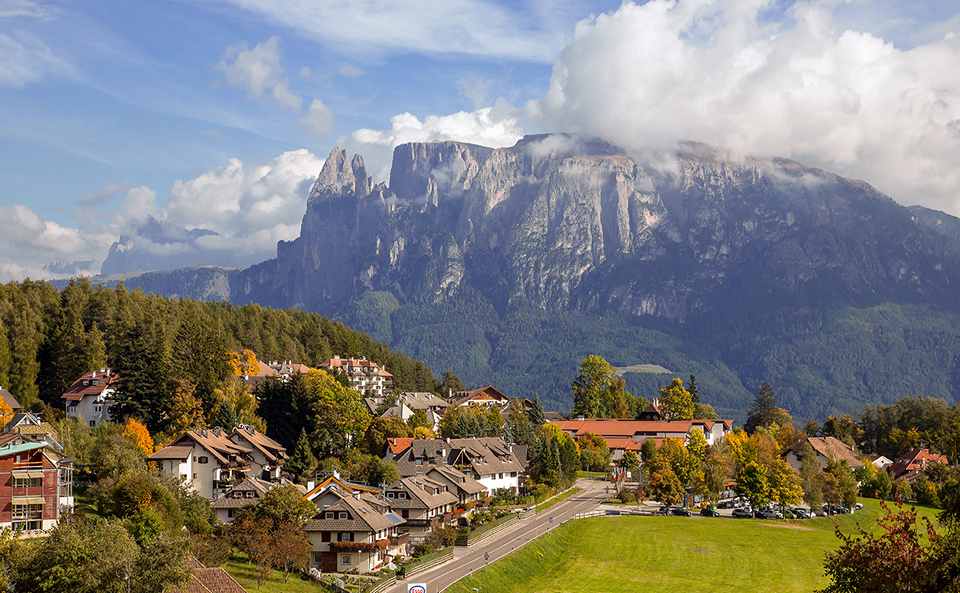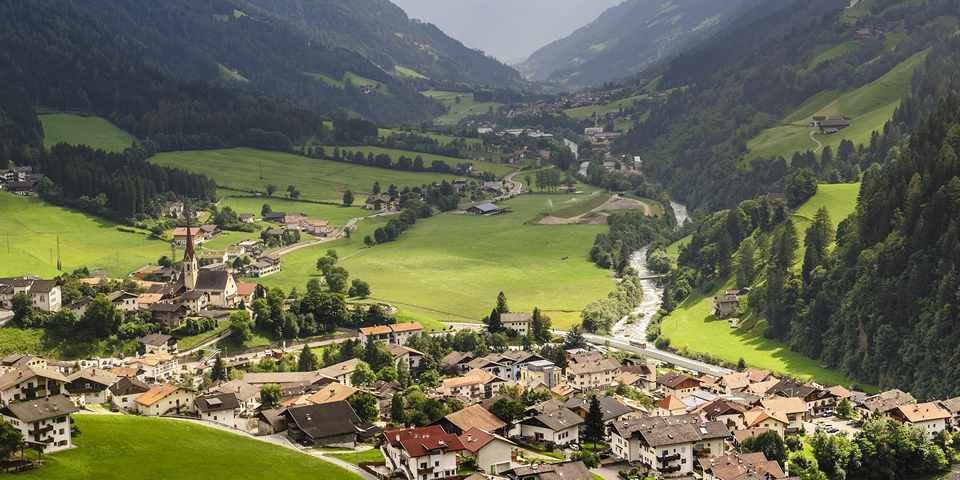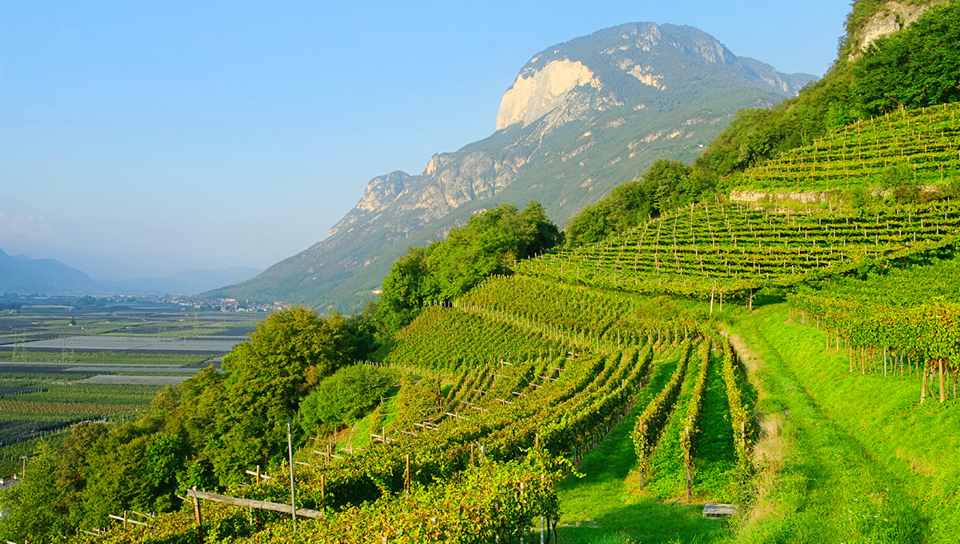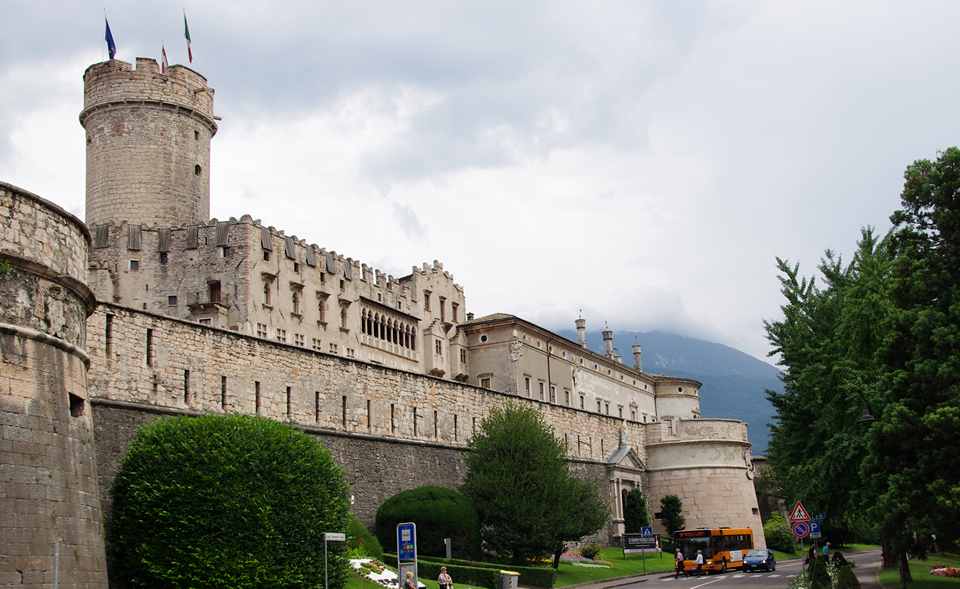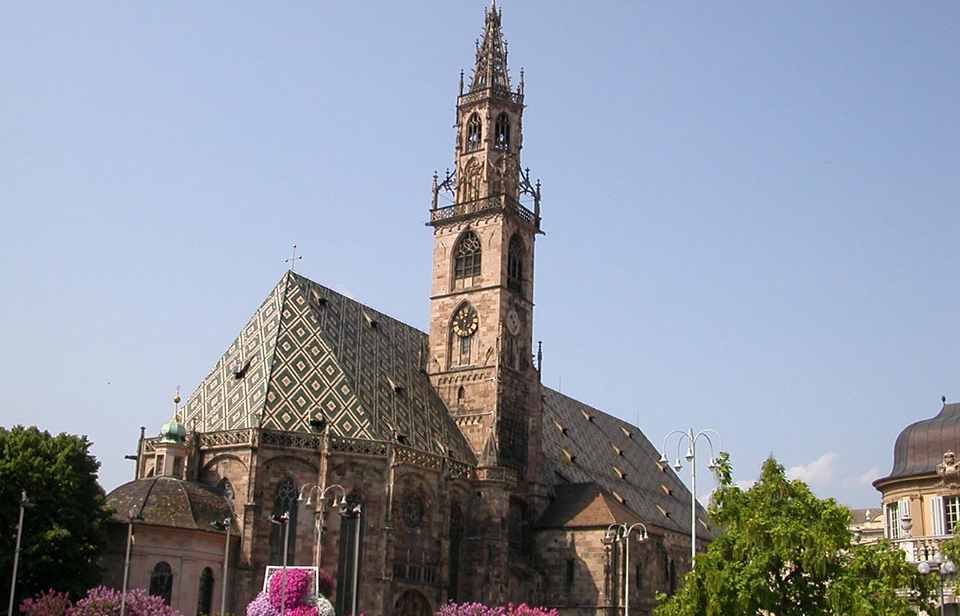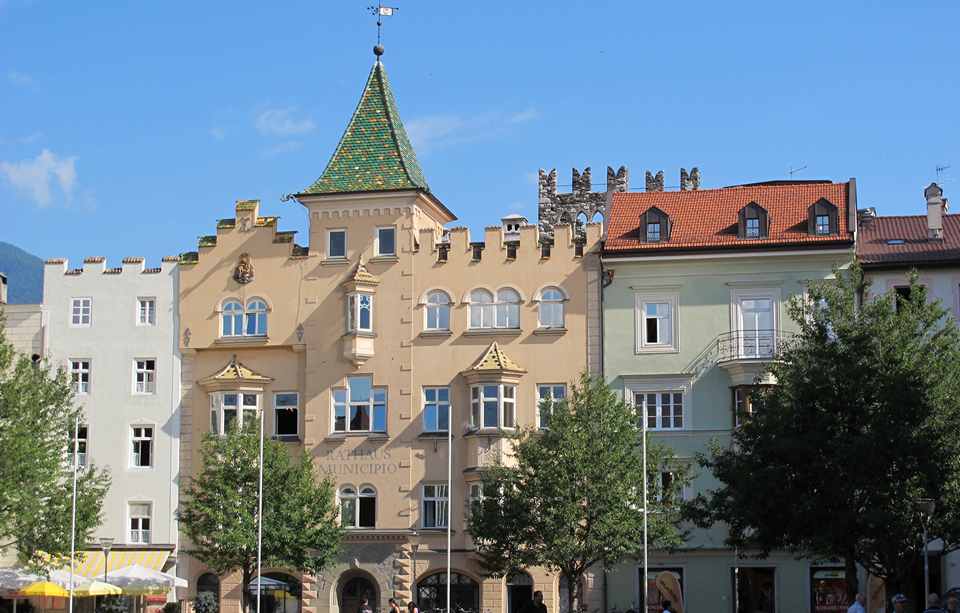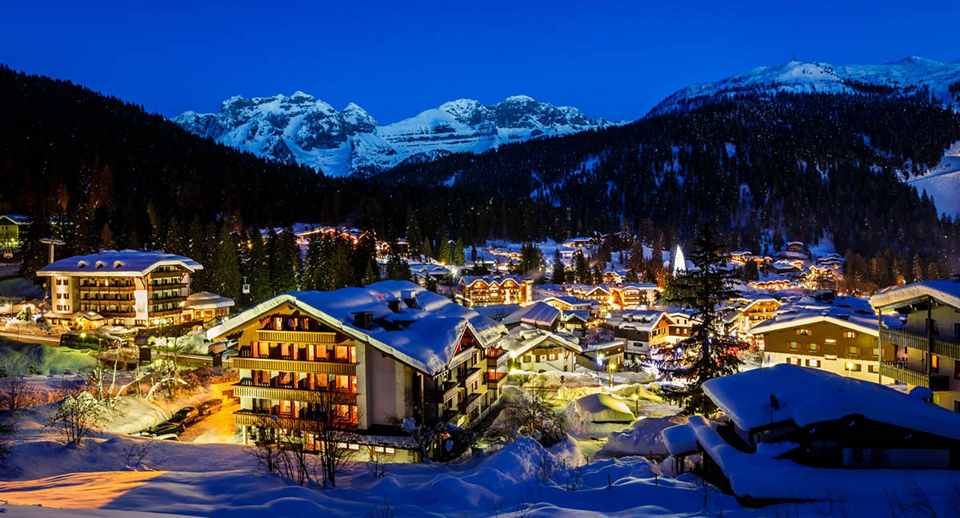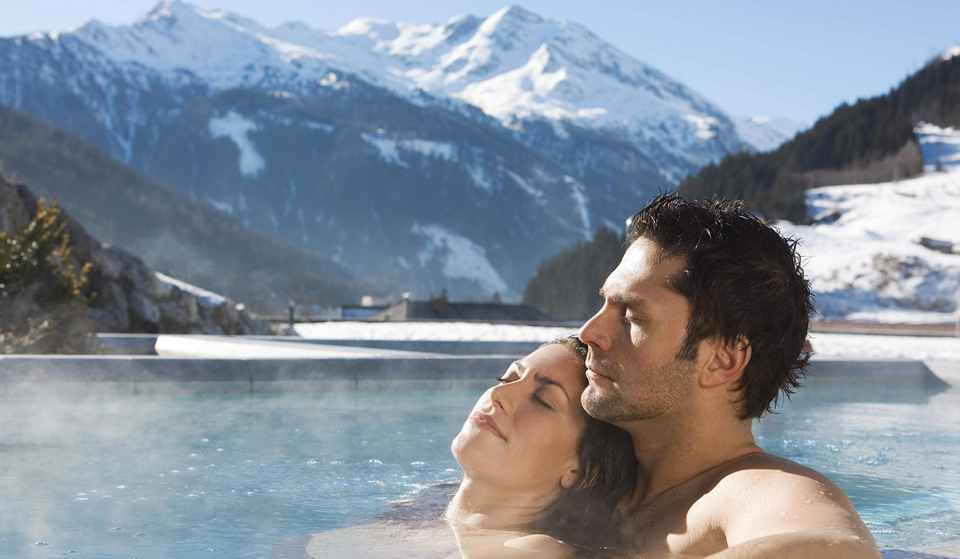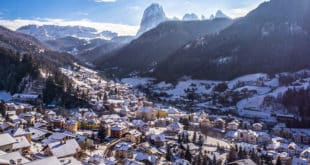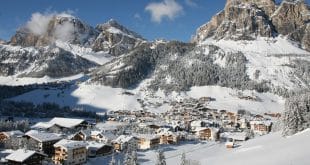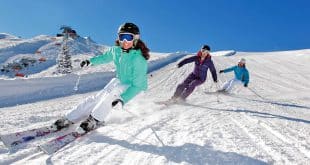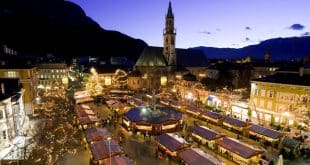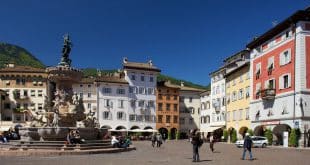Trentino-Alto Adige
The region with the complex-to-pronounce name Trentino-Alto Adige, located in northern Italy, shares a border with Austria, to which it belonged until 1919.
Its second name is Südtirol (South Tyrol). The locals speak both Italian and German, along with several Bavarian dialects. Trentino-Alto Adige is an essential wine-producing region in Italy, renowned among skiers and climbers worldwide due to its unique landscape.
In winter, the weather is quite cold and snowy, with an average January temperature of 32.7°F (0.4°C), while in summer, temperatures rarely exceed 69.8°F (21°C).
Useful article: Winter Holidays in Italy
Page Contents
Things to Know about Trentino
What is Trentino known for?
Trentino what to do?
Trentino what to see?
Interesting Facts about Trentino
- Trentino, located in northern Italy, is an autonomous region known for its stunning natural beauty. It boasts the Dolomites, a UNESCO World Heritage site, with peaks soaring over 10,000 feet, attracting hikers and climbers.
- The region’s history dates back to ancient times, inhabited by various tribes. In 1027, the Bishopric of Trent was established, significantly shaping the area’s cultural and religious identity.
- Trentino offers a wealth of castles, with over 300 fortifications scattered across its landscape. The iconic Castello del Buonconsiglio in Trento, dating back to the 13th century, is a notable example.
- The region is renowned for its local cuisine, which combines Austrian and Italian influences. Try delicious dishes like Canederli, Strangolapreti, and polenta served with game or mushrooms.
- Trentino is a paradise for outdoor enthusiasts, offering skiing in winter and hiking, mountain biking, and paragliding in summer. Lake Garda, Italy’s largest lake, lies partly within Trentino and is a popular water sports and relaxation destination.
General Information
Apart from tourism and winemaking, the region boasts a well-developed metallurgical industry and agriculture. It is divided into two autonomous provinces: Trentino, with its capital in Trento, and South Tyrol, with Bolzano as the “main” city. Trento is connected to the Austrian city of Innsbruck by a railway, while the A22 motorway serves as another essential transport artery. Bolzano has a particularly well-developed bus network.
Due to the unique landscape, locals actively use funiculars, of which there are three in the region.
The total population of the region is slightly over 1 million people. The largest cities are Trento (117,000 inhabitants), Bolzano (98,000), and Merano (35,000).
Helpful article: The Best Ski Resorts in Italy
History of the Trentino
The region’s history dates back to settlements by Celtic and Etruscan tribes. In 15 BC, the Romans arrived and left a significant impact on the region’s development, building roads, bridges, and cities. The Adige River valley was particularly affected, while the mountainous part of the area remained relatively untouched, preserving its natural beauty to this day.
From the 13th century, the region saw an influx of German workers due to the discovery of rich deposits of iron, copper, and silver.
Throughout history, the region changed hands multiple times, being part of both Austria and Italy at different times.
Culture of Trentino
The region is rich in cultural traditions, where customs of various peoples have merged over its long history. Each of them has left its mark: the urban architecture is as diverse and multifaceted as the local cuisine.
Folklore
Tourists visiting Trentino-Alto Adige should definitely attend at least one folk festival, such as the Matoci Carnival. It takes place in the village of Valfloriana and is one of the oldest folk celebrations of its kind in the Alps. It used to resemble costumed wedding processions, but nowadays, it is a vibrant masquerade that brings immense pleasure to both participants and spectators.
Another costumed performance awaits guests in Val di Fassa. The parade of fairy-tale monsters and characters from folk tales takes place here in December. From mid-January to the end of February, all valley residents become participants in one grand carnival that never stops, day or night. This tradition originated many years ago in the culture of the Ladin people, the indigenous population of these lands.
For those who prefer more sophisticated entertainment, the Habsburg Carnival (Carnevale Asburgico) will be of interest. It features costumed performances reminiscent of the balls during the reign of Franz Joseph and takes place at the Madonna di Campiglio resort.
Cuisine
The culinary tastes of the region’s inhabitants have blended in the most delightful manner. Local cafes and restaurants offer beloved dishes from Italians, Swiss, Germans, and Austrians. Among the specialties that one must try, the carne salada alla trentina stands out. The meat is salted for several weeks, then thinly sliced and served with a garnish of onions and beans or lightly pan-fried.
One of the festive dishes prepared during carnivals is called smacafam. It is made by adding meat broth or milk to buckwheat flour dough and then adding pieces of pork sausage before baking. Not the healthiest choice, but incredibly hearty!
As for dessert lovers, I recommend trying smorrn, a local version of the Austrian Kaiserschmarrn – a pancake served with blueberry, currant, or apple jam.
Special mention should be given to the local wines. Dry white wines are particularly renowned, and it’s no wonder – the region’s winemaking history spans 3000 years. In the early 20th century, the local sparkling wine, produced using the classical method, made its appearance here.
Cities and Landmarks in Trentino
The abundance of ski resorts, catering to all levels of athletic ability and financial means, attracts adventure enthusiasts to Trentino-Alto Adige. However, even tourists who prefer leisurely strolls through the streets of ancient cities will find plenty to do here.
Trento
The central city of Trentino and the regional capital, Trento, is situated in the Adige Valley (Val d’Adige), the second-longest river in Italy, only surpassed by the Po River. Its history dates back to the 4th century BCE. The city’s symbol is the ancient Buonconsiglio Castle (Castello del Buonconsiglio), built in the mid-13th century. Once serving as a princely residence, it is now a museum.
The main cathedral of Trento is named after Saint Vigilius (Cattedrale di San Vigilio), the city’s patron saint. Construction began in the 11th century on the site of an ancient church, and there is a version that it was built over the tomb of the saint who died in 405 AD. His relics are kept in the cathedral’s altar.
Testifying to Trento’s antiquity is the city tower (Torre Civica), which rises above the Cathedral Square (Piazza Duomo). The exact date of its construction is unknown, but it certainly happened no later than the 10th century. Its current height is 41.5 meters, though in ancient times, it was considerably lower.
Bolzano
The second-largest city in the region, Bolzano has been heavily influenced by Austrian culture. While most of the inhabitants of the capital of South Tyrol speak Italian, the primary language of the province is German. The city’s construction began in the 12th century.
One of the oldest buildings is the Cathedral, Duomo di Bolzano, built in the Gothic style.
Another ancient structure is the Mareccio Castle, which has its main tower dating back to the 12th century. The castle has undergone several reconstructions, but it has retained its beauty and grandeur.
The city is famous for a unique archaeological find made in the Tyrolean Alps in 1991. It is the so-called “Similaun Man,” the oldest human mummy discovered in modern Europe, dating back approximately 5300 years.
Merano
Located in northern South Tyrol, near the Italian-Austrian border, Merano received city status in the 13th century. It was part of the independent County of Tyrol and later came under the rule of the House of Habsburg.
Since the 15th century, the city is home to the Prince’s Castle, Castello Principesco, which is open for visits year-round except for January and February.
The city is renowned for its thermal springs and a vast botanical garden surrounding Trauttmansdorf Castle.
One of the most unusual museums in the city is the Women’s Museum, Museo delle Donne, featuring a private collection of women’s household items from the past two centuries.
Brixen
The relatively small Brixen, or Bressanone in Italian, is located in South Tyrol and is one of the province’s oldest towns, founded in 901 AD. In the 11th century, the Brixen bishops turned their dominion into a powerful principality that played a dominant role in the region. Today, it is a quiet, green, and picturesque city, and its former glory is reflected in the Cathedral (Duomo di Bressanone) and the Bishop’s Palace (Palazzo Vescovile).
The Cathedral was built in the 10th century but was completely destroyed by fire in 1174. The current Baroque-style building dates back to the mid-18th century after several reconstructions.
The Episcopal Palace was once a real castle but was transformed in the late 16th century and is now considered one of the most beautiful residences in South Tyrol.
Resorts in the Region in Trentino
As mentioned earlier, the region is a true haven for skiers. However, visitors should come not only for the clean mountain air and bright winter sun but also for the spa resorts that attract those seeking relaxation. Moreover, it is possible to combine both types of leisure, as many ski resorts offer spa complexes with thermal springs.
Mountain Skiing
- Madonna di Campiglio is a resort for those who value prestige. Prices here are high, but the level of services provided and the quality of the slopes are beyond praise.
- On the other hand, Passo Tonale is more democratic. It is a quiet ski resort that is most suitable for beginners.
- San Martino di Castrozza is the choice of professionals. Here, you’ll find many long and challenging slopes and mountains of incredible beauty.
- Val di Fiemme is another popular ski resort located in a picturesque valley, offering athletes excellently equipped slopes.
Thermal Resorts
Ortisei
Ortisei is one of those thermal and ski resorts where you can both ski and enjoy a range of relaxing spa procedures. Families often come here as everyone is sure to find something they enjoy.
Roncegno
Roncegno has been a thermal resort since 1857. People come here to treat stomach issues, alleviate asthma, and improve their cardiovascular system.
The Val di Sole Valley offers excellent options for both active skiing on the slopes and tranquil relaxation at local thermal centers and spa complexes.
To learn more about the region, plan your itinerary, and choose daily activities for your trip to Trentino-Alto Adige, visit the official website www.visittrentino.it.
 Italy for me From Italy with love
Italy for me From Italy with love

